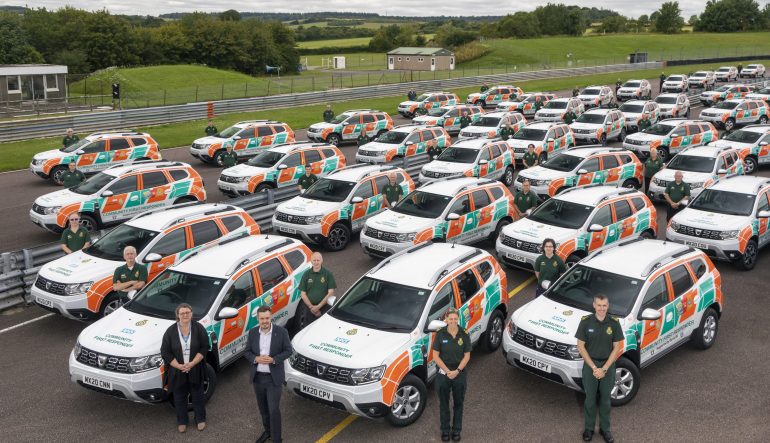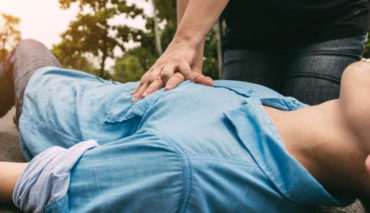Evidence of lengthening ambulance response times demonstrate why plugging gaps in emergency response is a priority.
The time it takes to respond to out-of-hospital cardiac arrest (OHCA) is particularly critical. For every minute that passes without CPR or defibrillation, chances of surviving a cardiac arrest decrease by 10 per cent.
Moments matter when it comes to improving out-of-hospital cardiac arrest survival rates. Emergency Medical Services (EMS) are acutely aware of this.
In many parts of the world, EMS involvement in initiatives to plug the gaps in ambulance response times are making a huge difference in survival rates.
Community first responder programs
We have chosen to adopt the term “community first responder” as an alternative way to describe bystander intervention in witnessed out-of-hospital cardiac arrest.
This choice represents the need to recognise that helping in an emergency is an active choice.
Many health systems around the world use this term to describe a trained volunteer who is dispatched by EMS when an ambulance is unavailable, or too far away.
These programs are particularly popular in rural and regional areas. They enlist people to respond to emergencies in areas where they live and work.
For example, the Scottish Ambulance Service maintains a network of community first responders – and is constantly recruiting for more volunteers to join their ranks.
St John Ambulance also runs a community first responder program.
These services are accessed by calling emergency services, if the caller is in a location serviced by a community first responder program.
Smartphone-based volunteer programs
Another way emergency response volunteers are alerted to nearby emergencies, is via smartphone-based responder apps. Examples include:
GoodSAM – a growing global network of regionally-based teams of medically-trained volunteers, linked to emergency services.
PulsePoint AED – a registry of public access AEDs (automated external defibrillators) connected with local emergency services, linking first responders with the equipment they need to save lives.
Heartrunner – an app platform increasing in use in Europe, connecting people with knowledge in CPR, public access defibrillators and people in need.
Related article: How GoodSAM is saving lives
These apps work. This study published in Resuscitation (Caputo et al) showed a 2-minute reduction in emergency response times when mobile application-based alert systems were used, compared to an SMS alert system.
Access to medical equipment in an emergency
Each of the apps listed above maintain network maps of public access defibrillators (PADs). When moments matter however, proximity to these life-saving devices counts.
We’ve looked previously at how delivering AEDs by drone can help to cheat time in the race to assist victims of sudden cardiac arrest.
Using drones to deliver AEDs to the scene of out-of-hospital cardiac arrest is one measure being assessed to improve the rate of AED use.
Drone deployment to deliver medical supplies and assist in emergencies is part of the broader conversation around the Internet of Medical Things (IoMT). Proponents of this idea also advocate for more sophisticated medical technology that actively monitors a patient’s vital signs, and communicates their condition in real time to emergency services.
While drone delivery of AEDs is not commonplace, its consideration demonstrates how seriously many EMS departments take the need to reduce response times.



